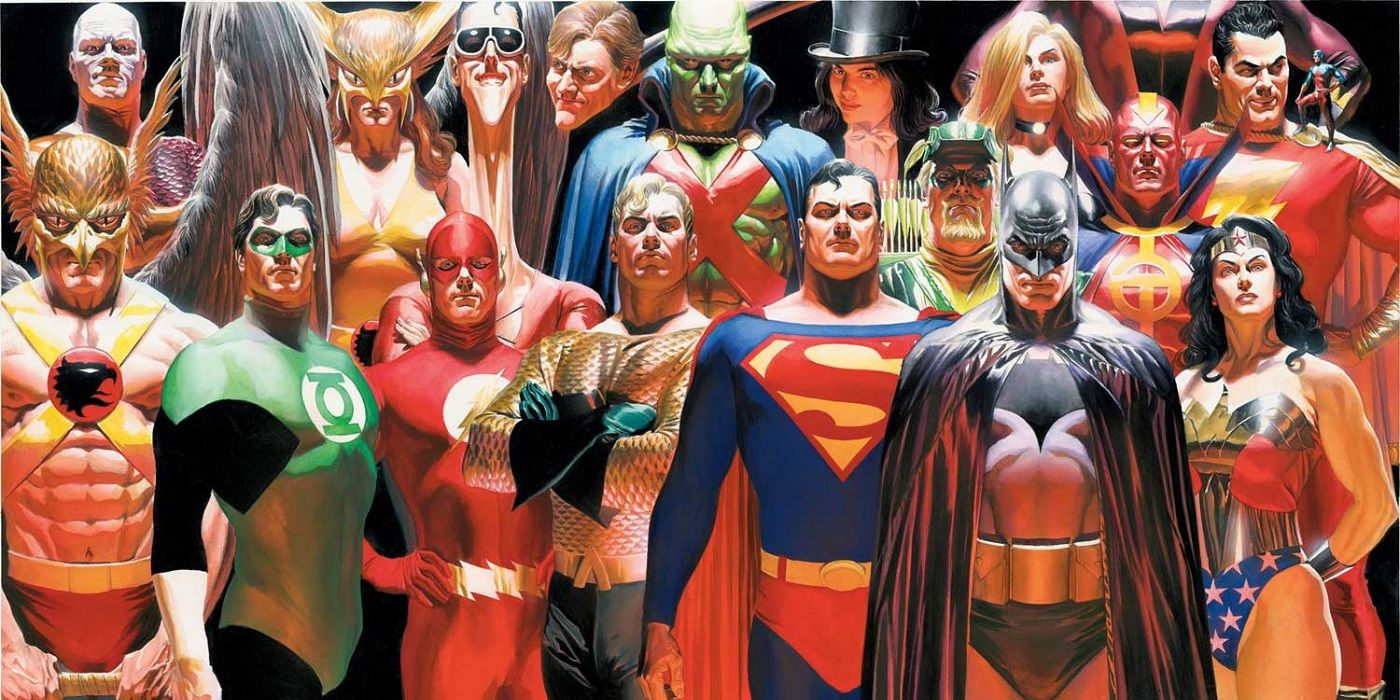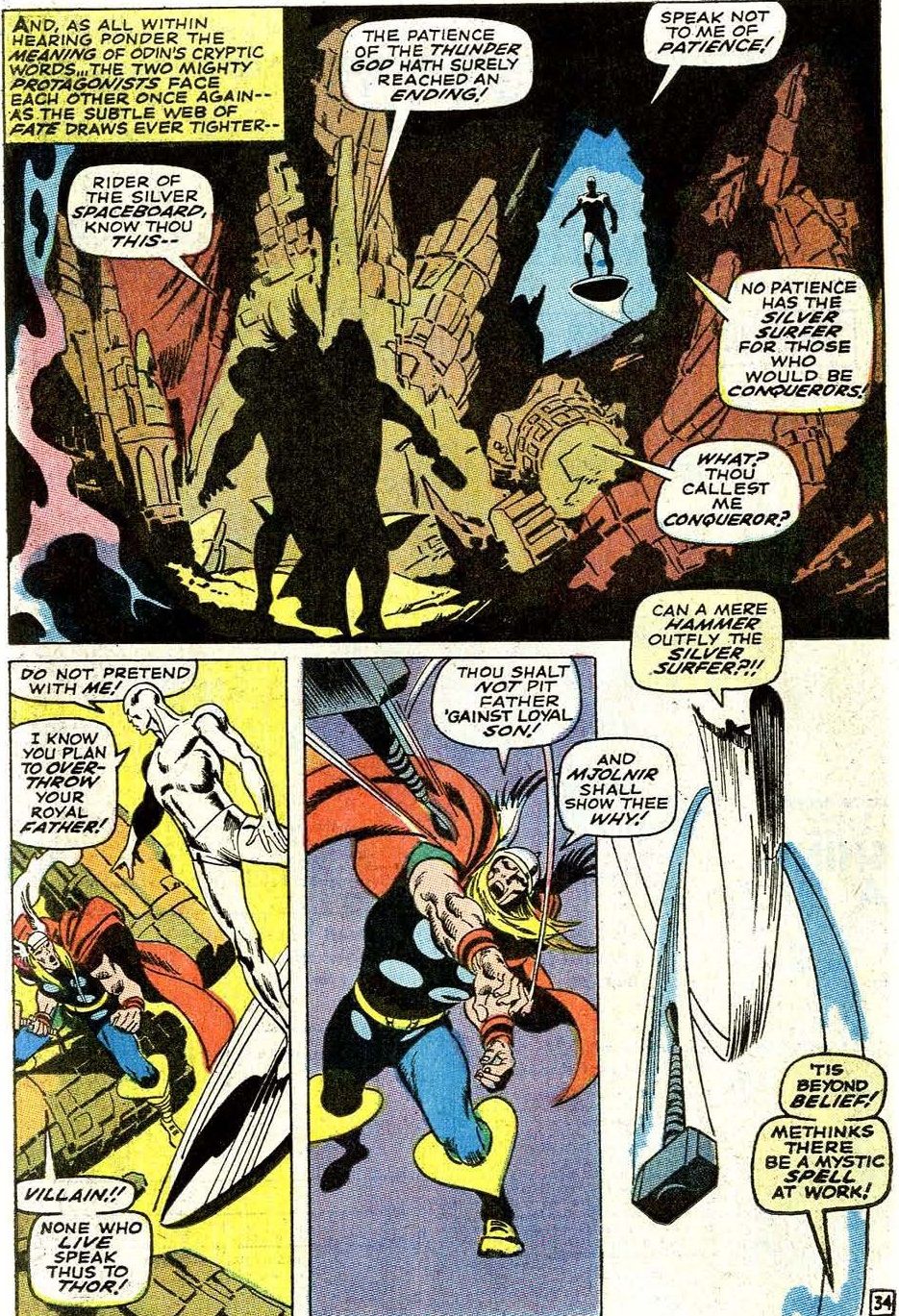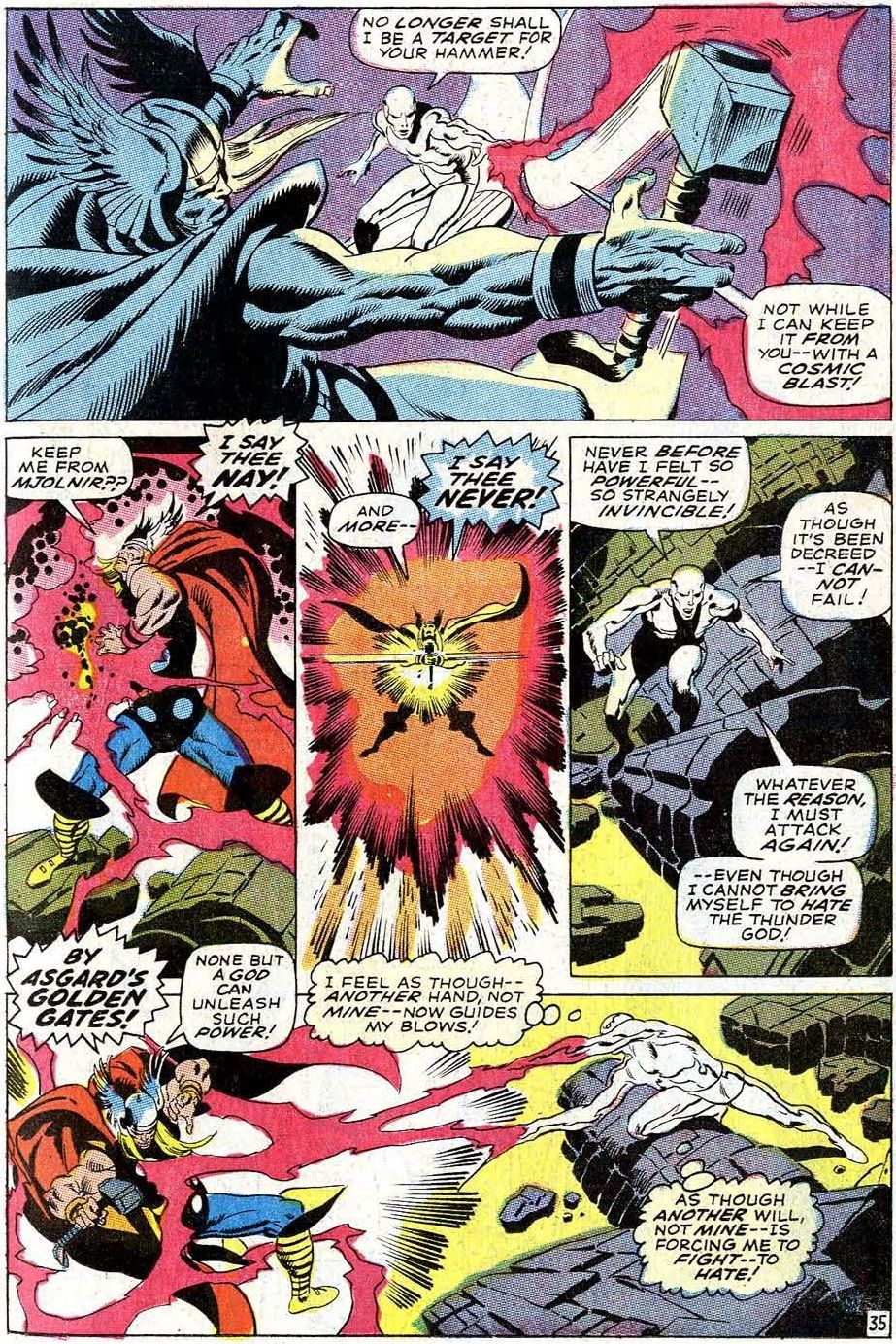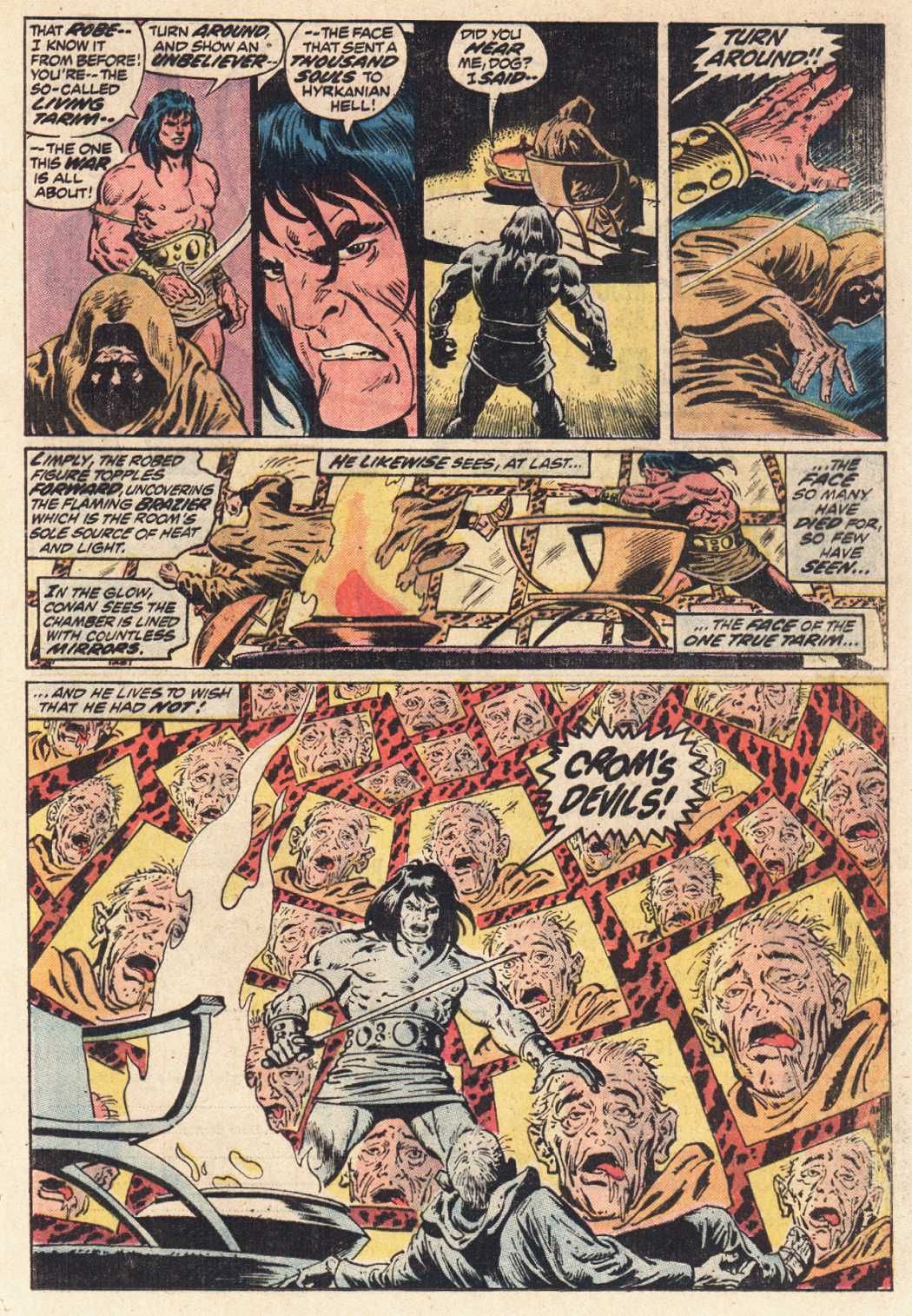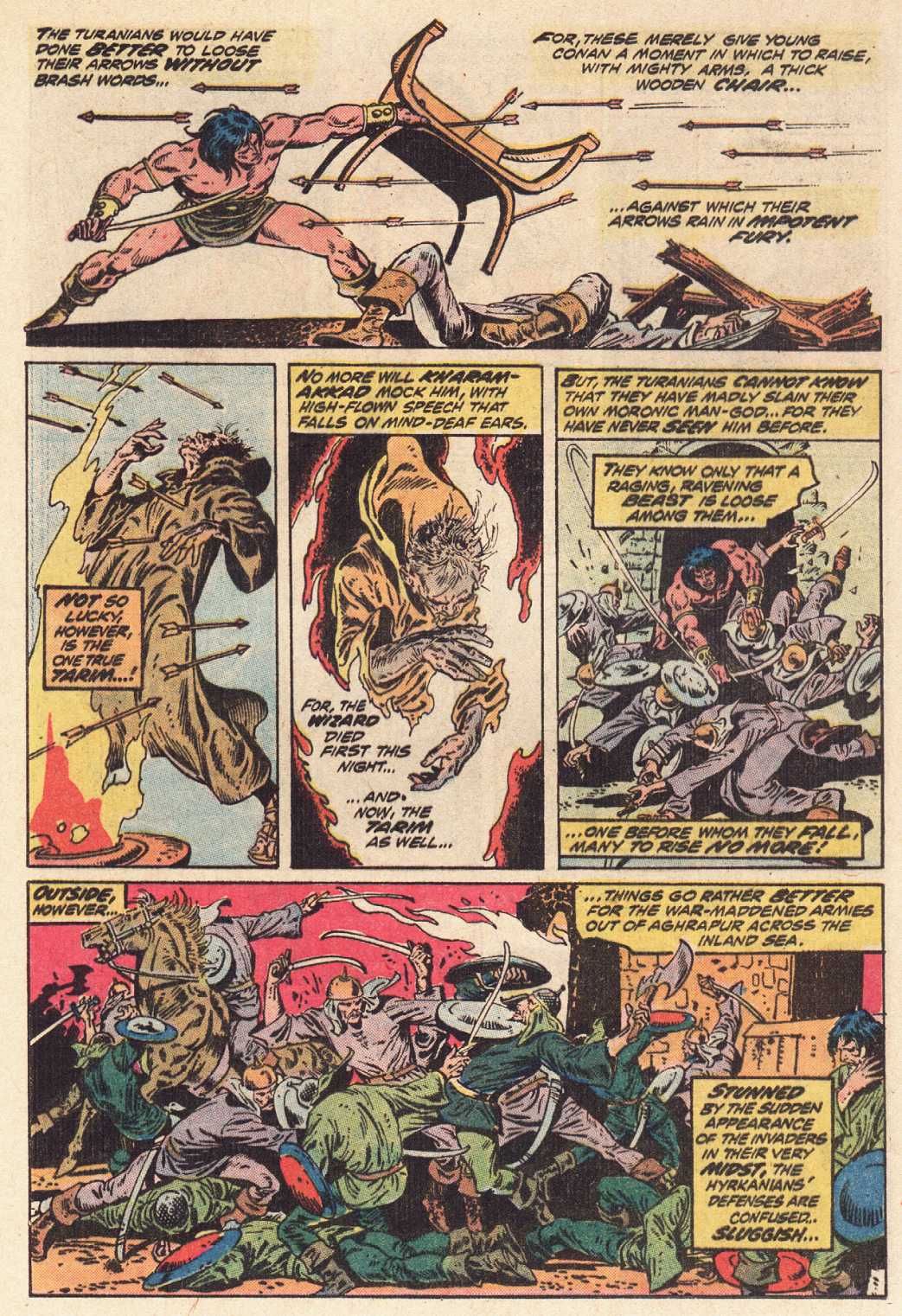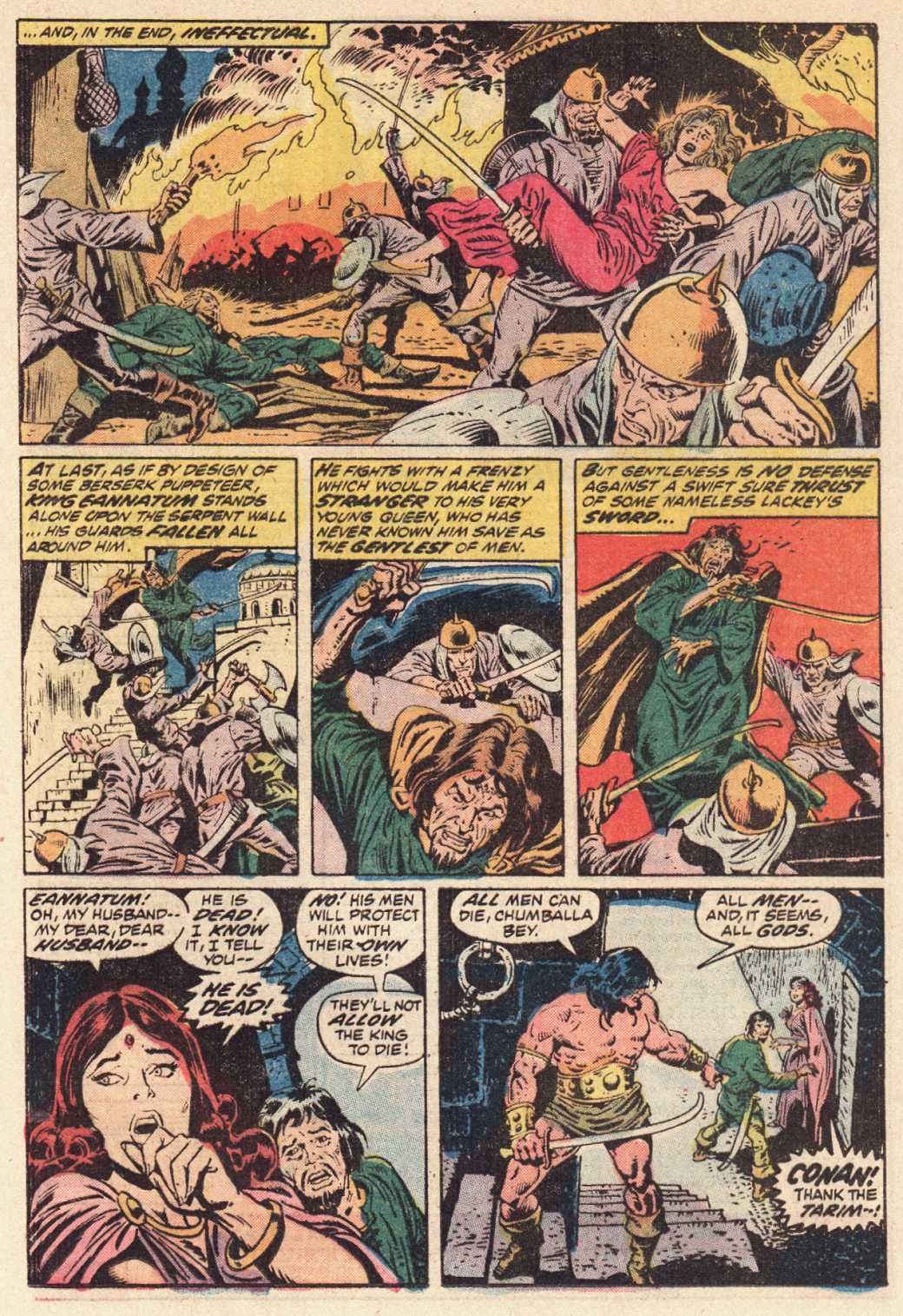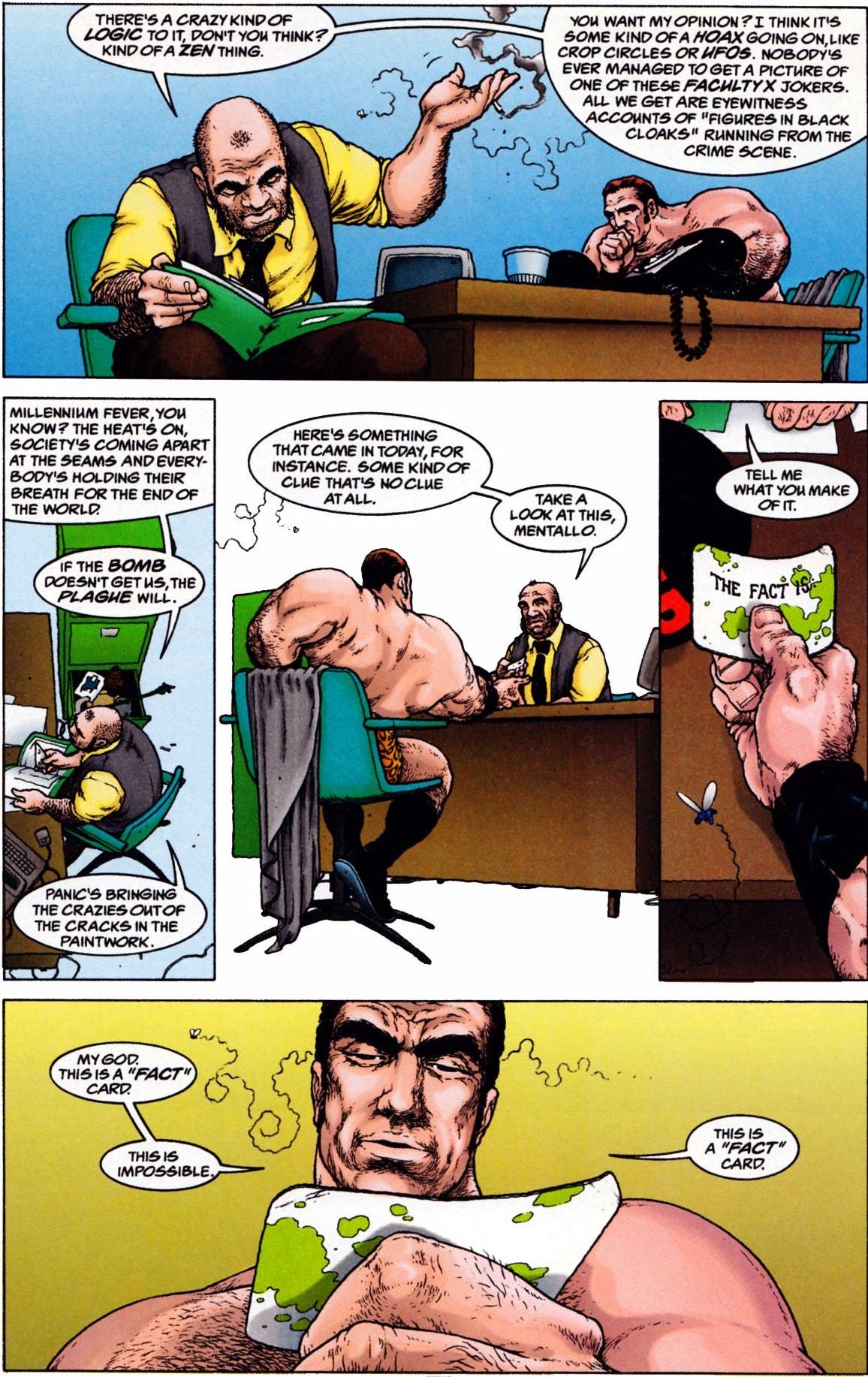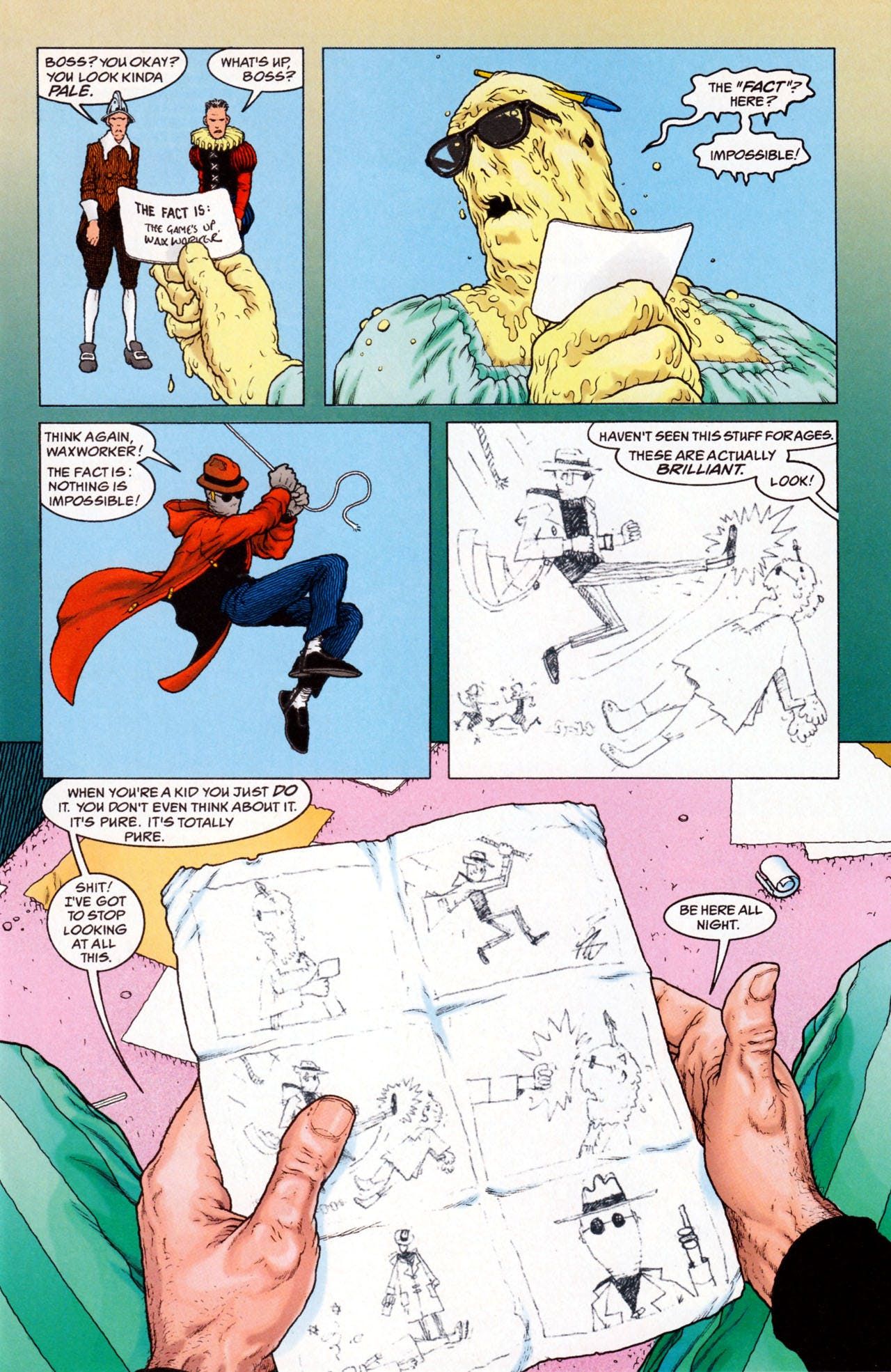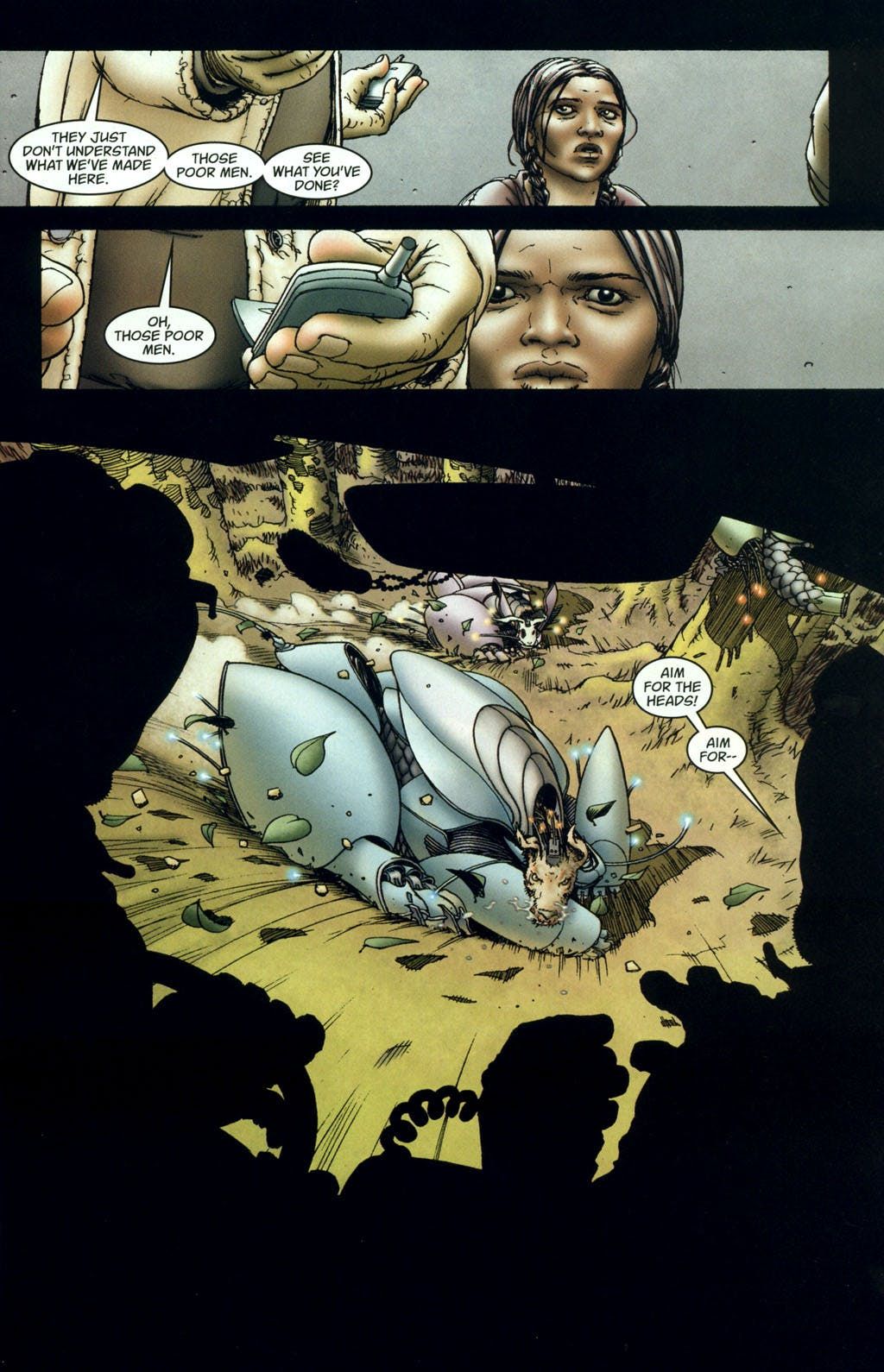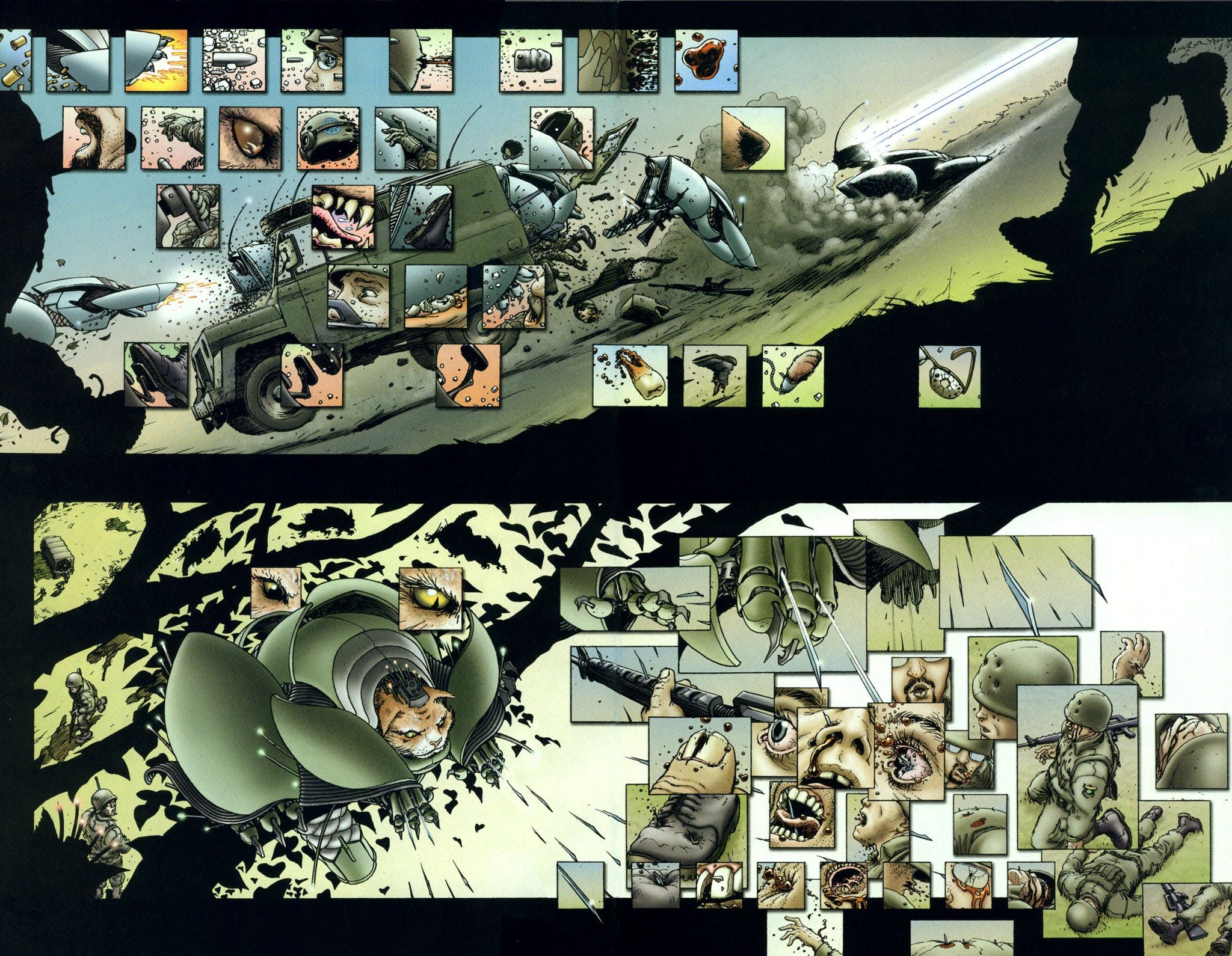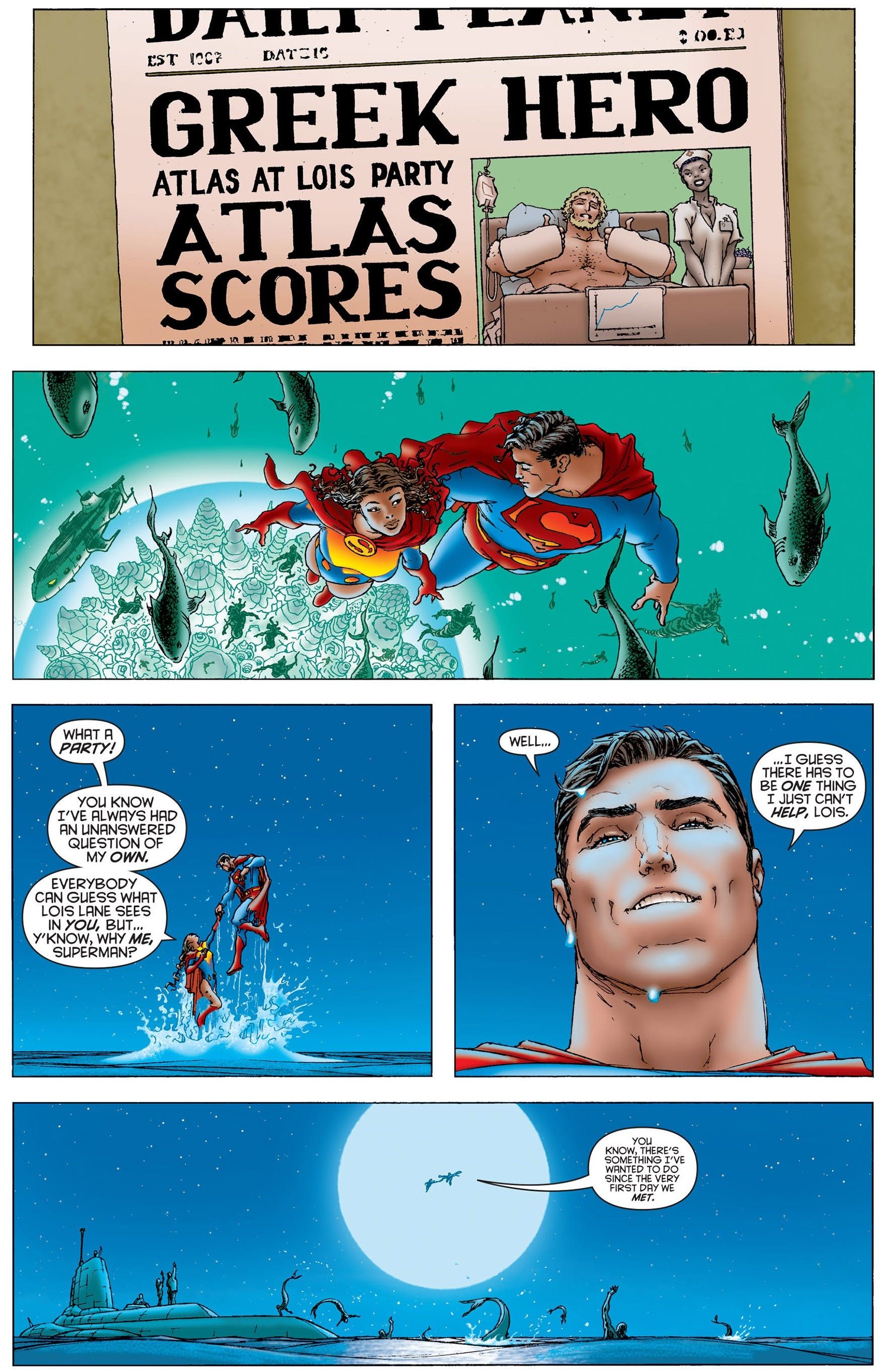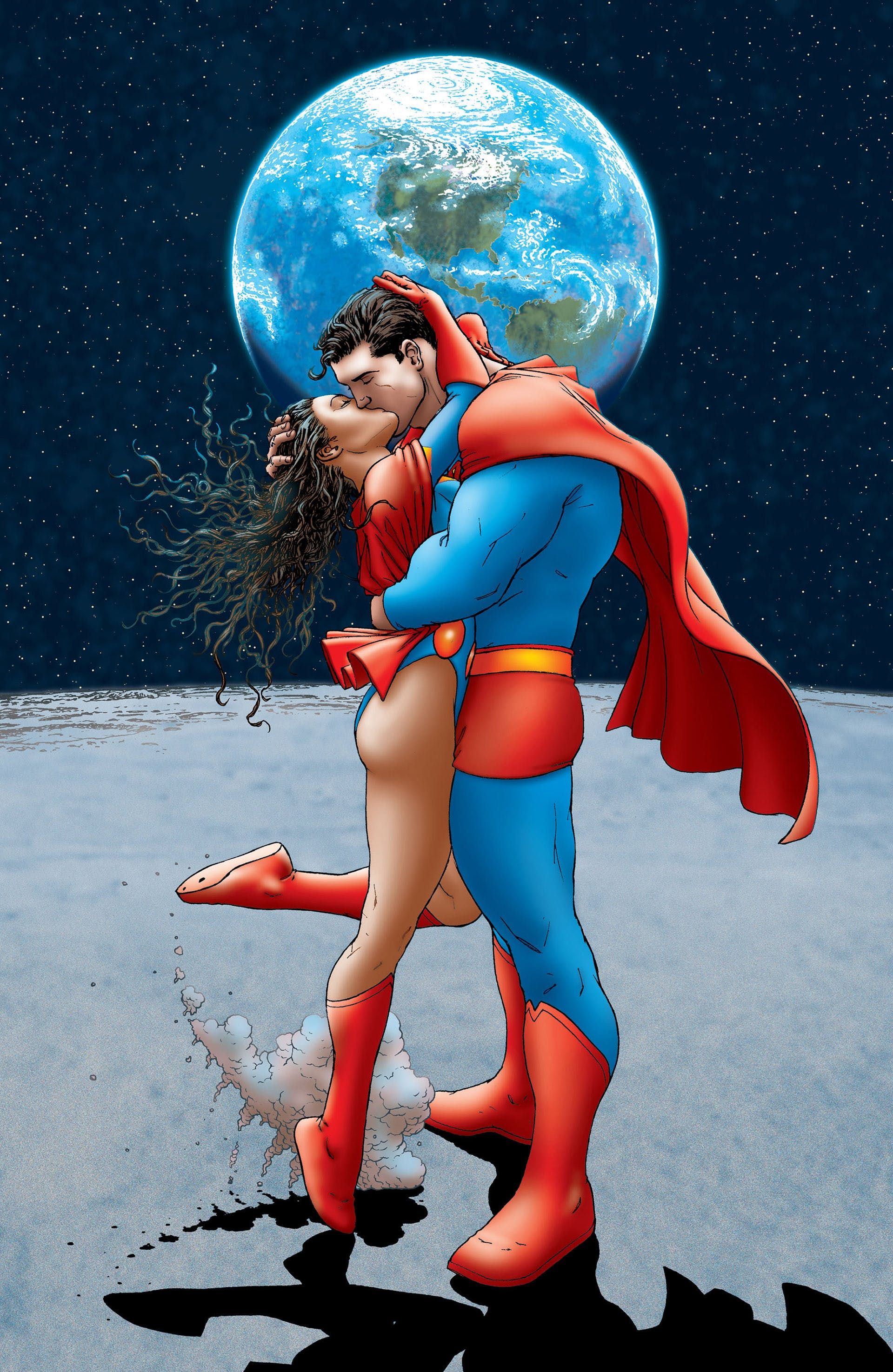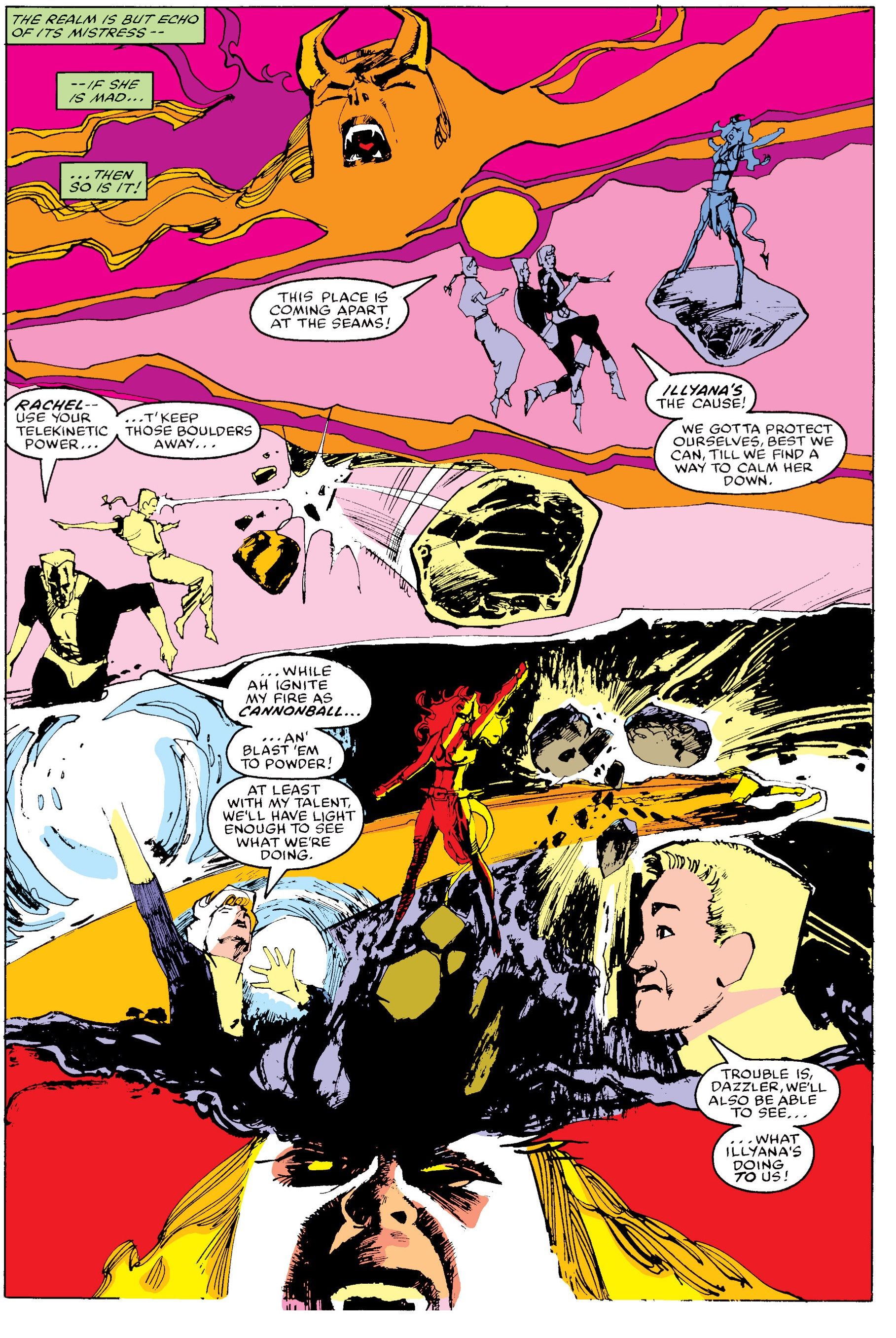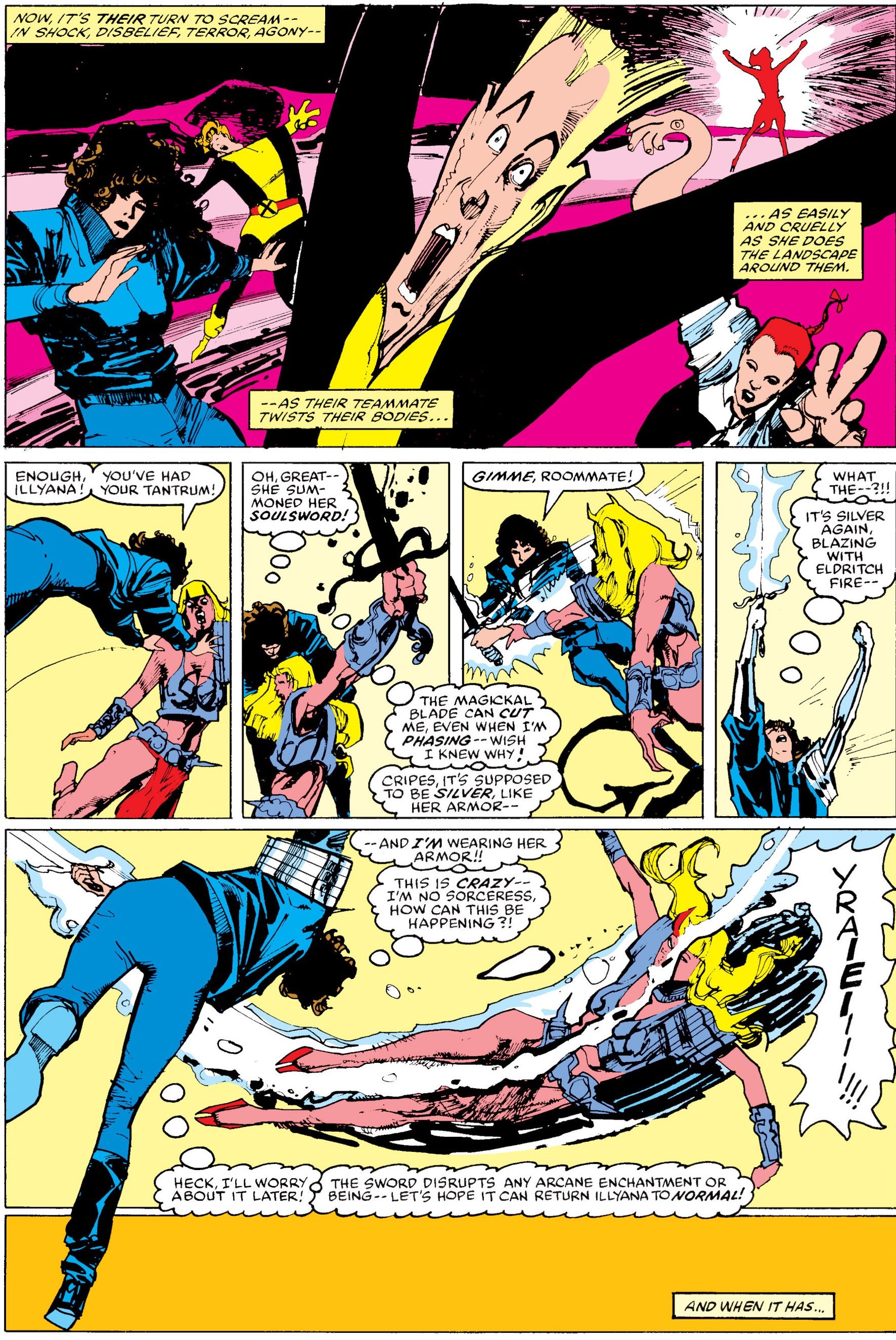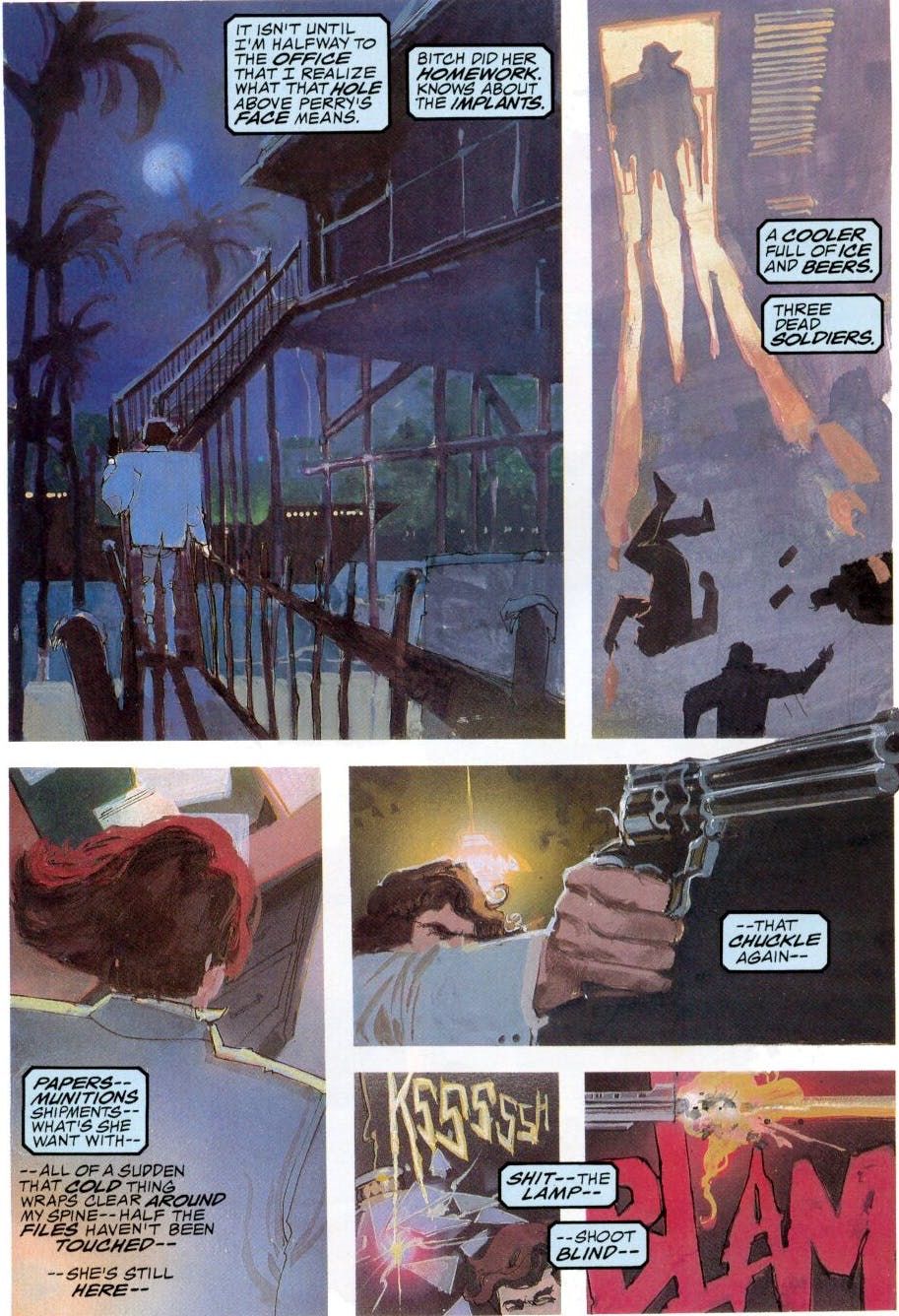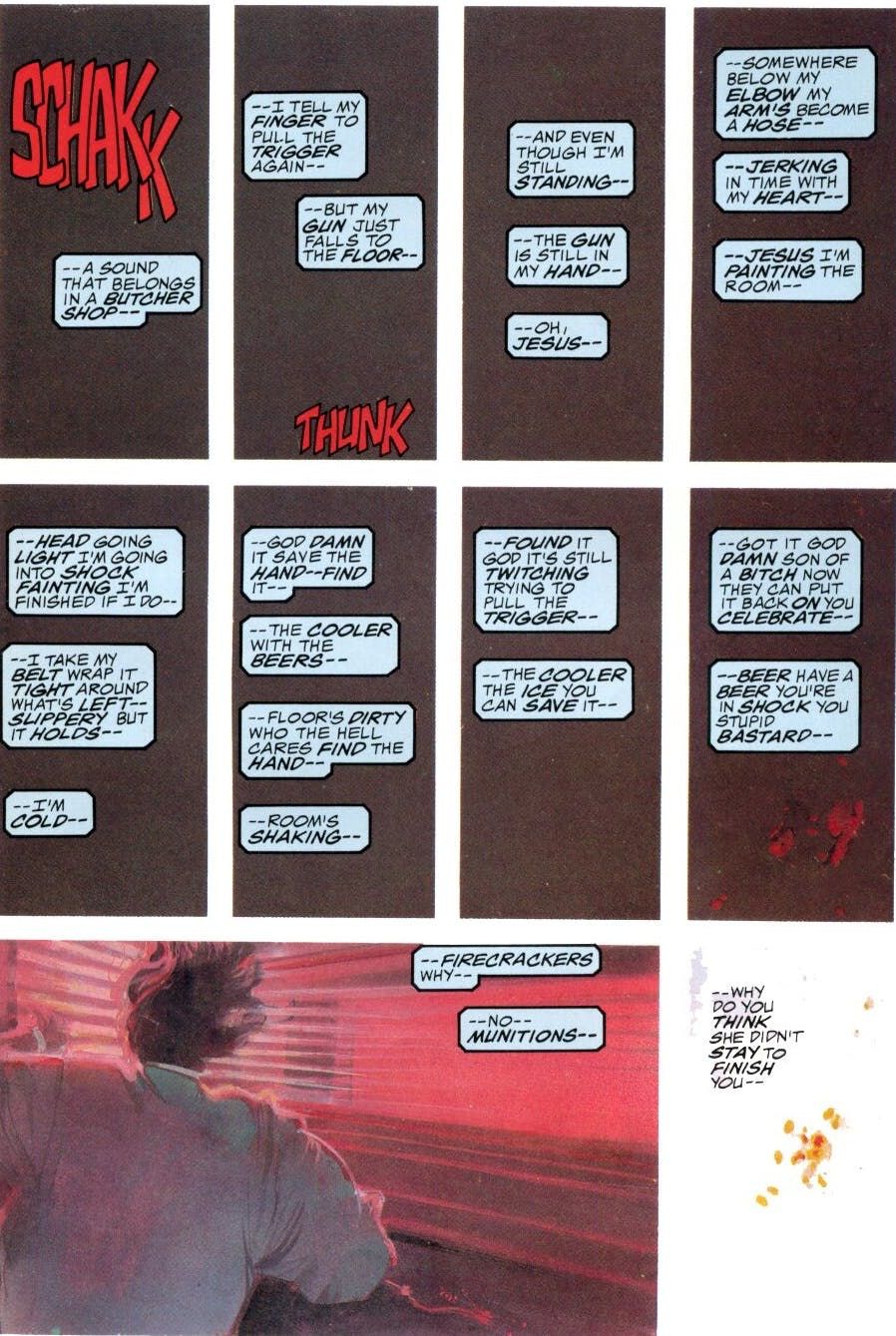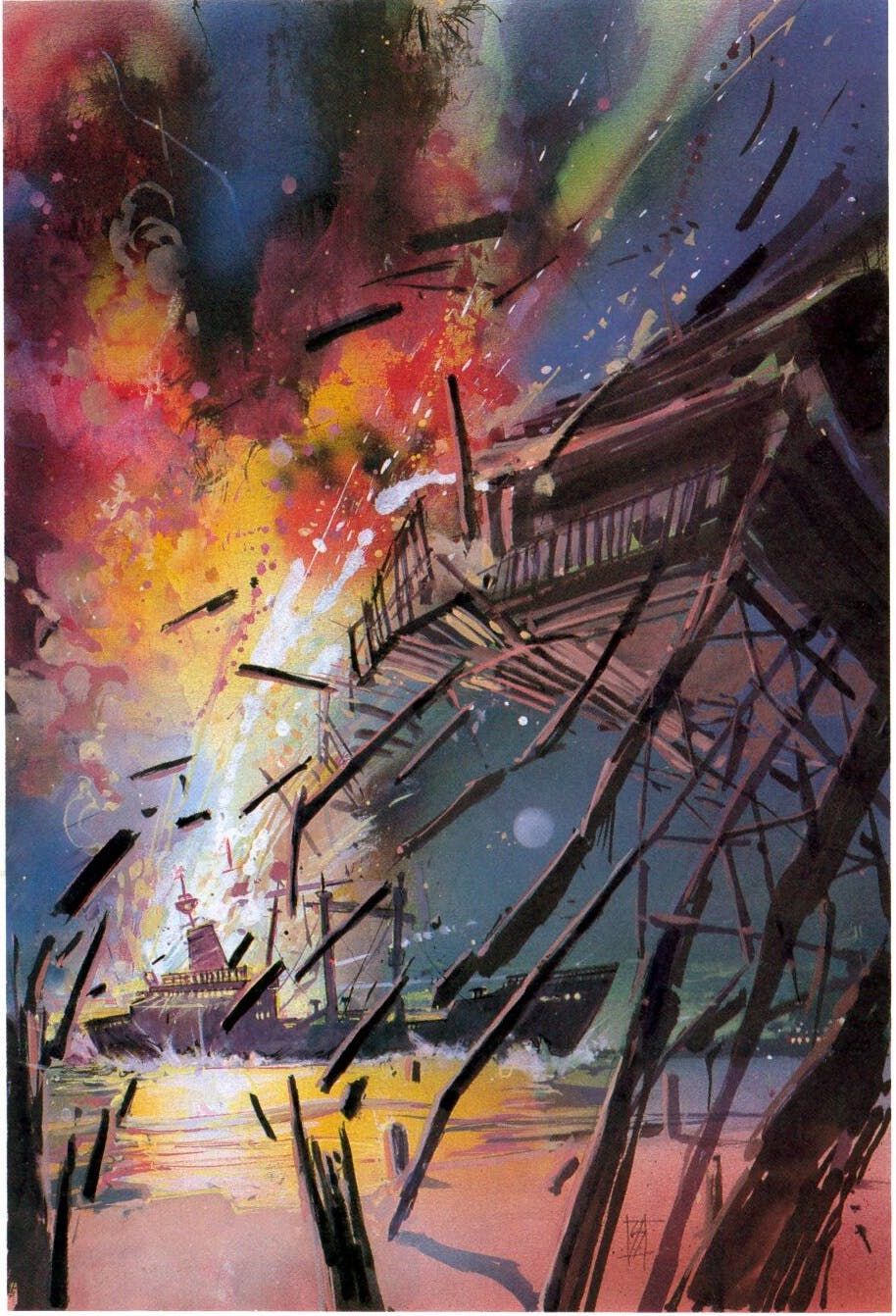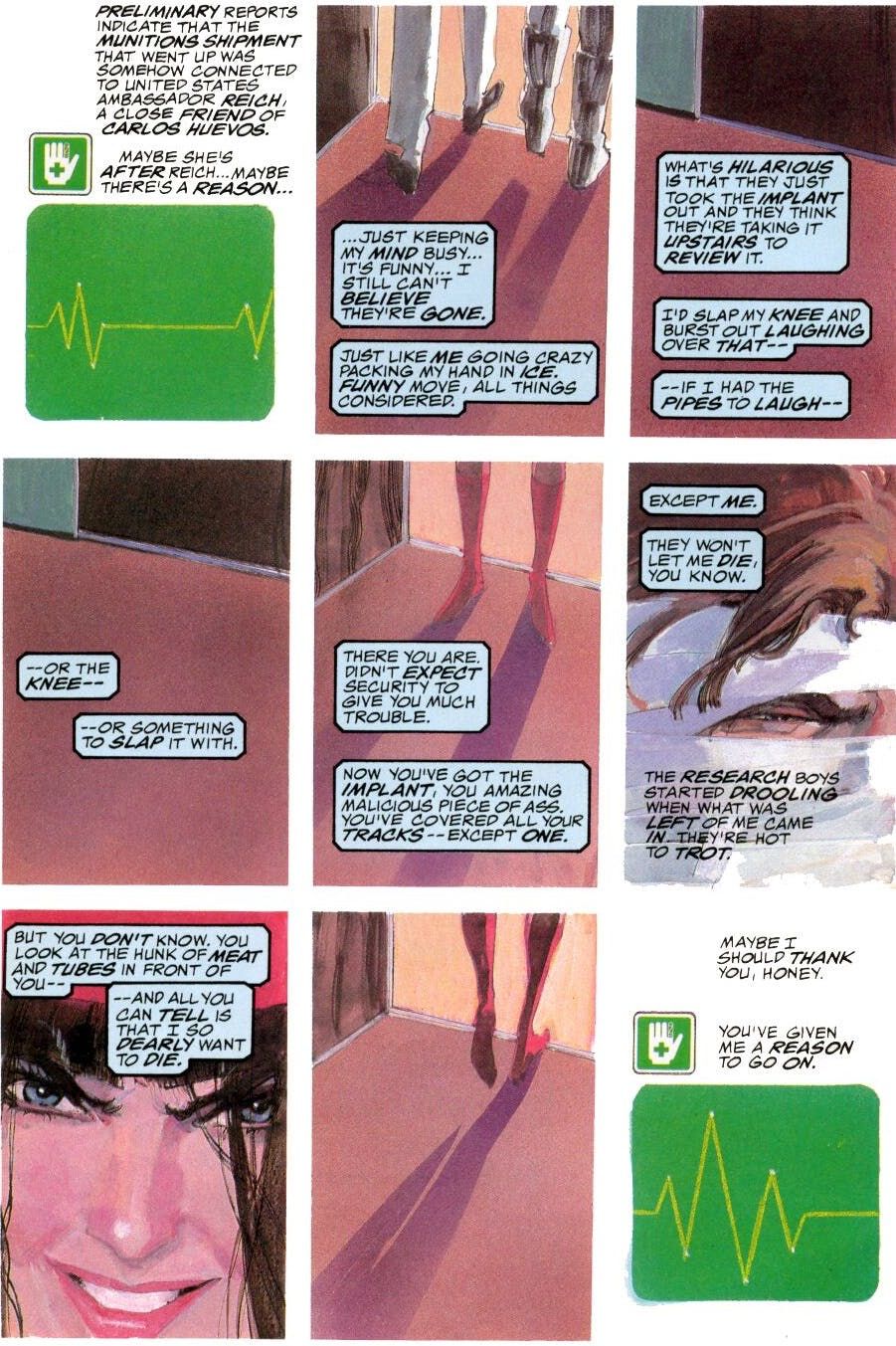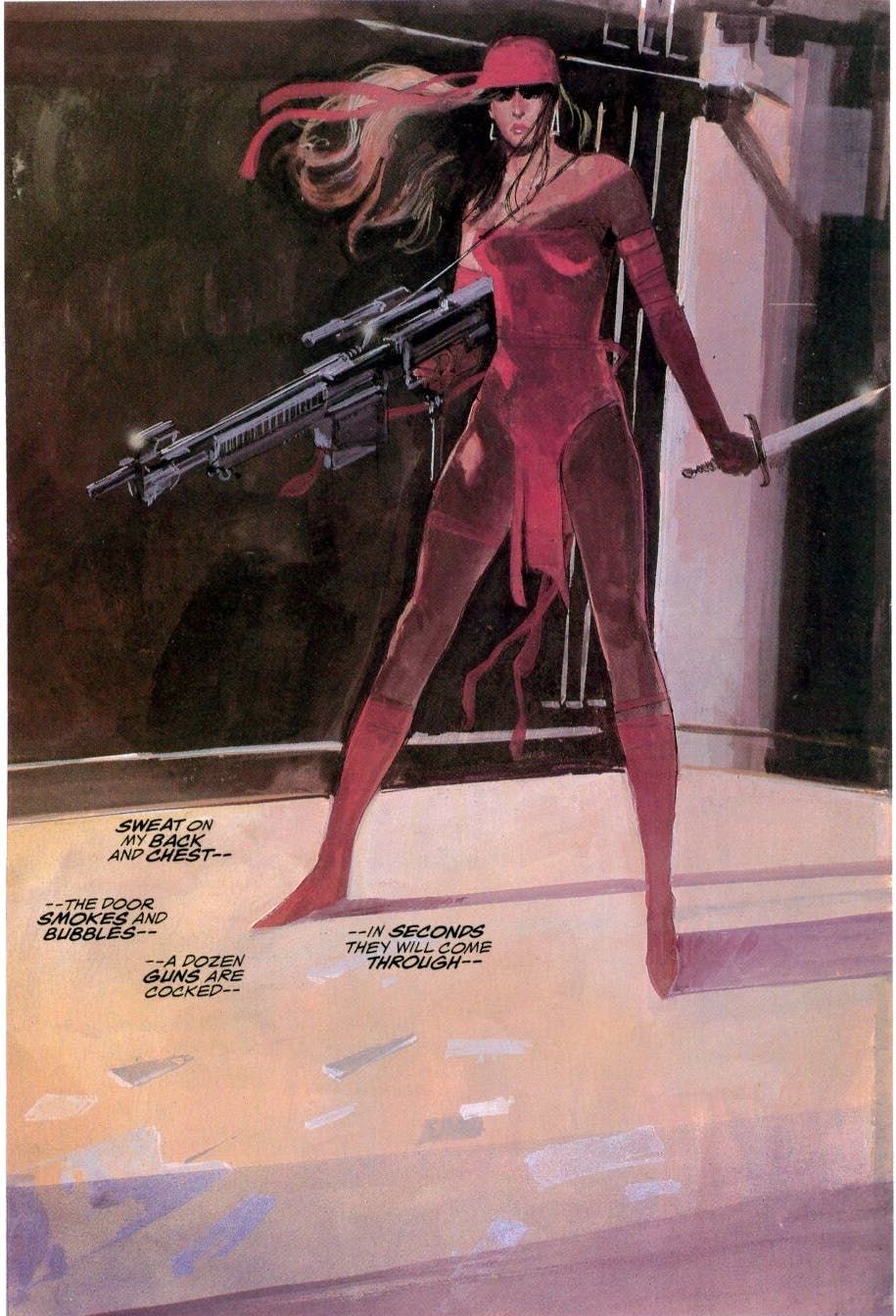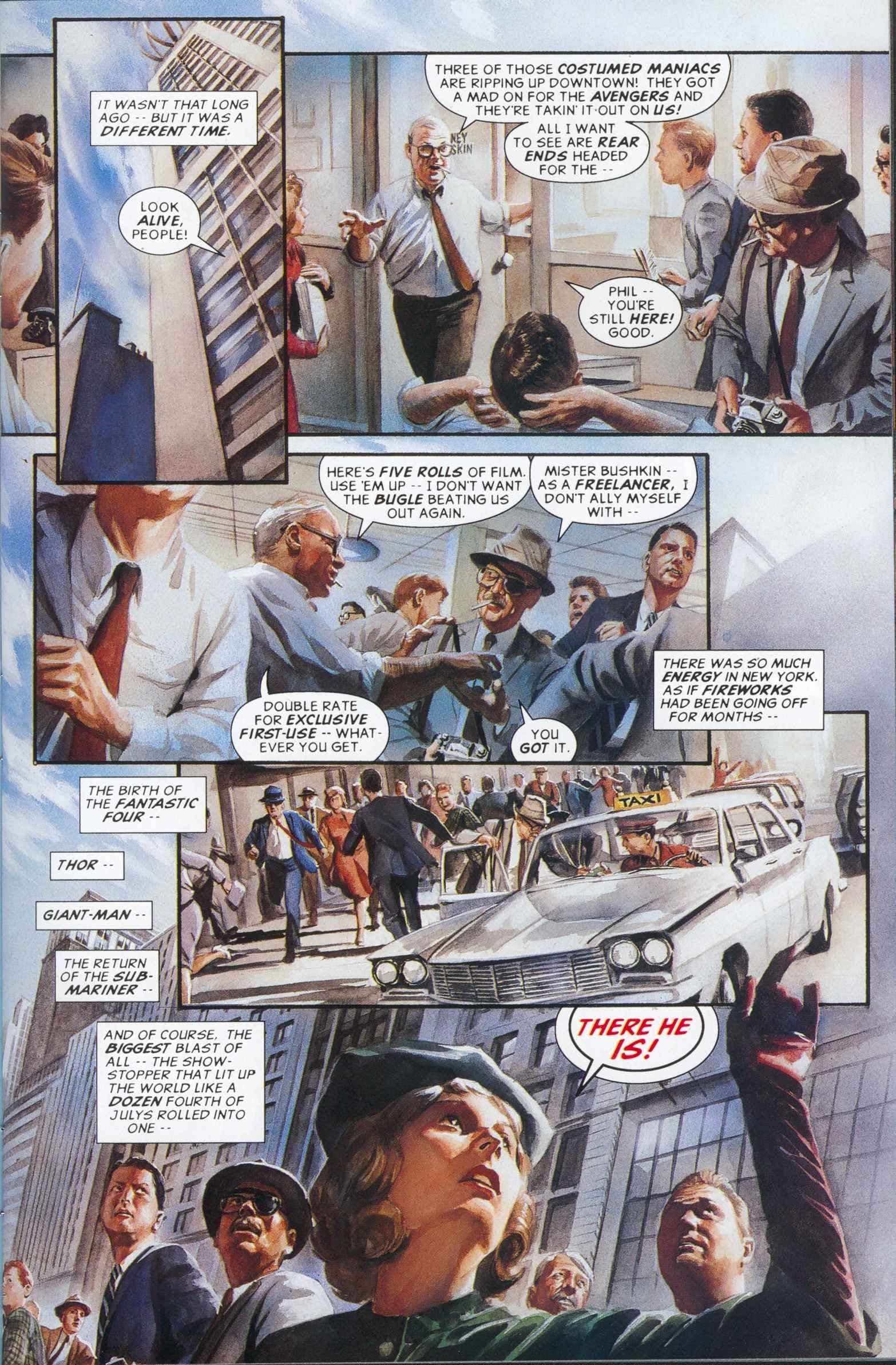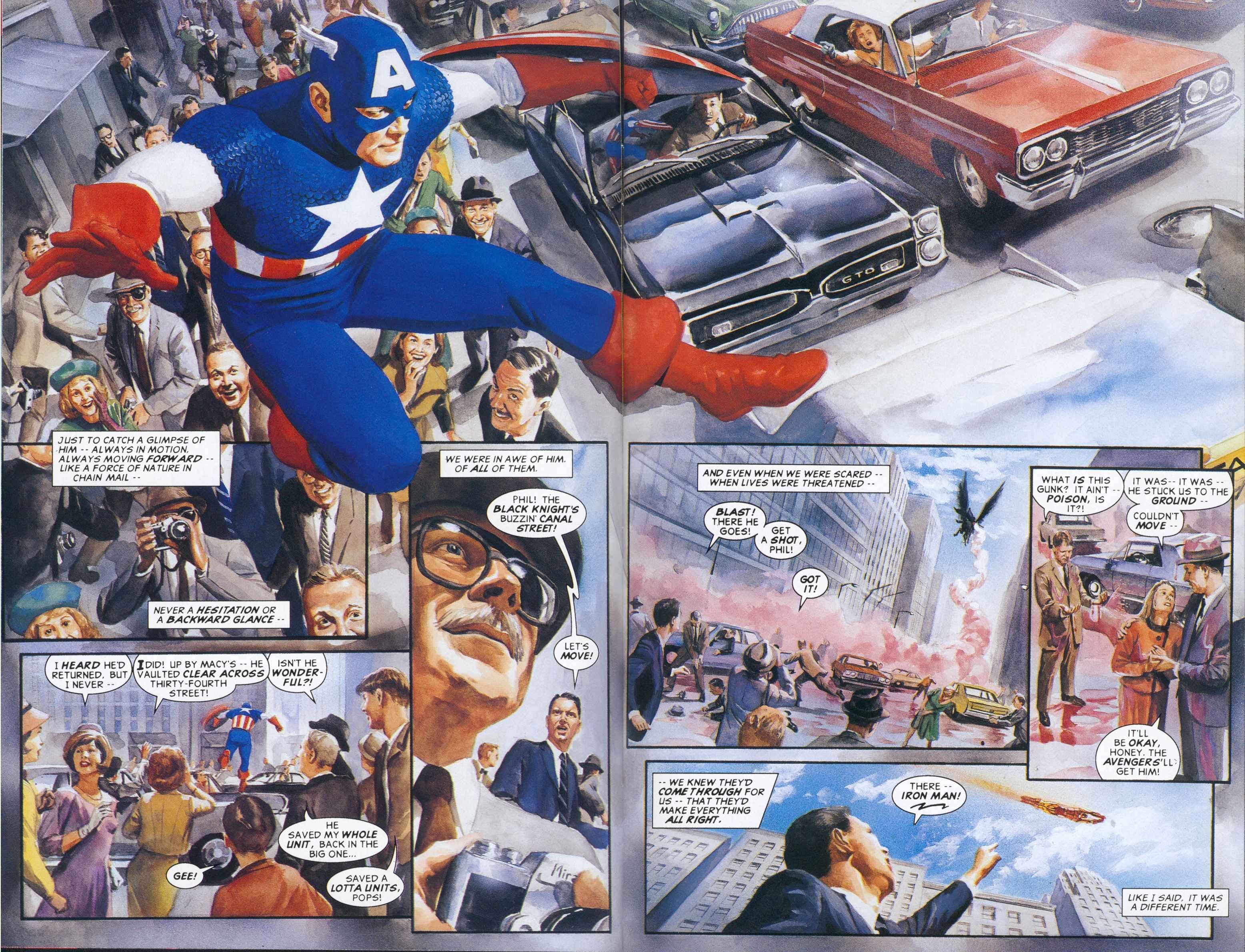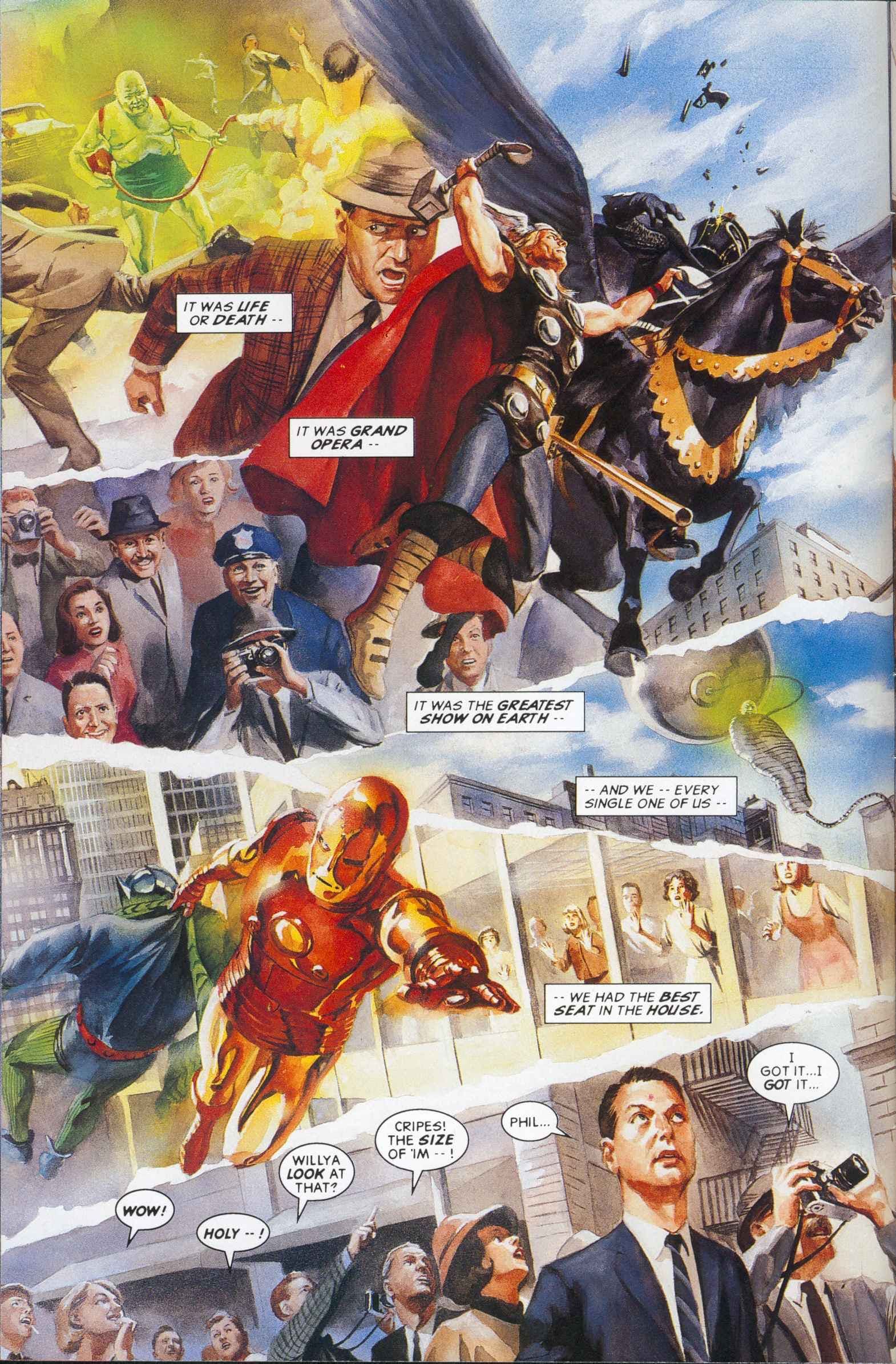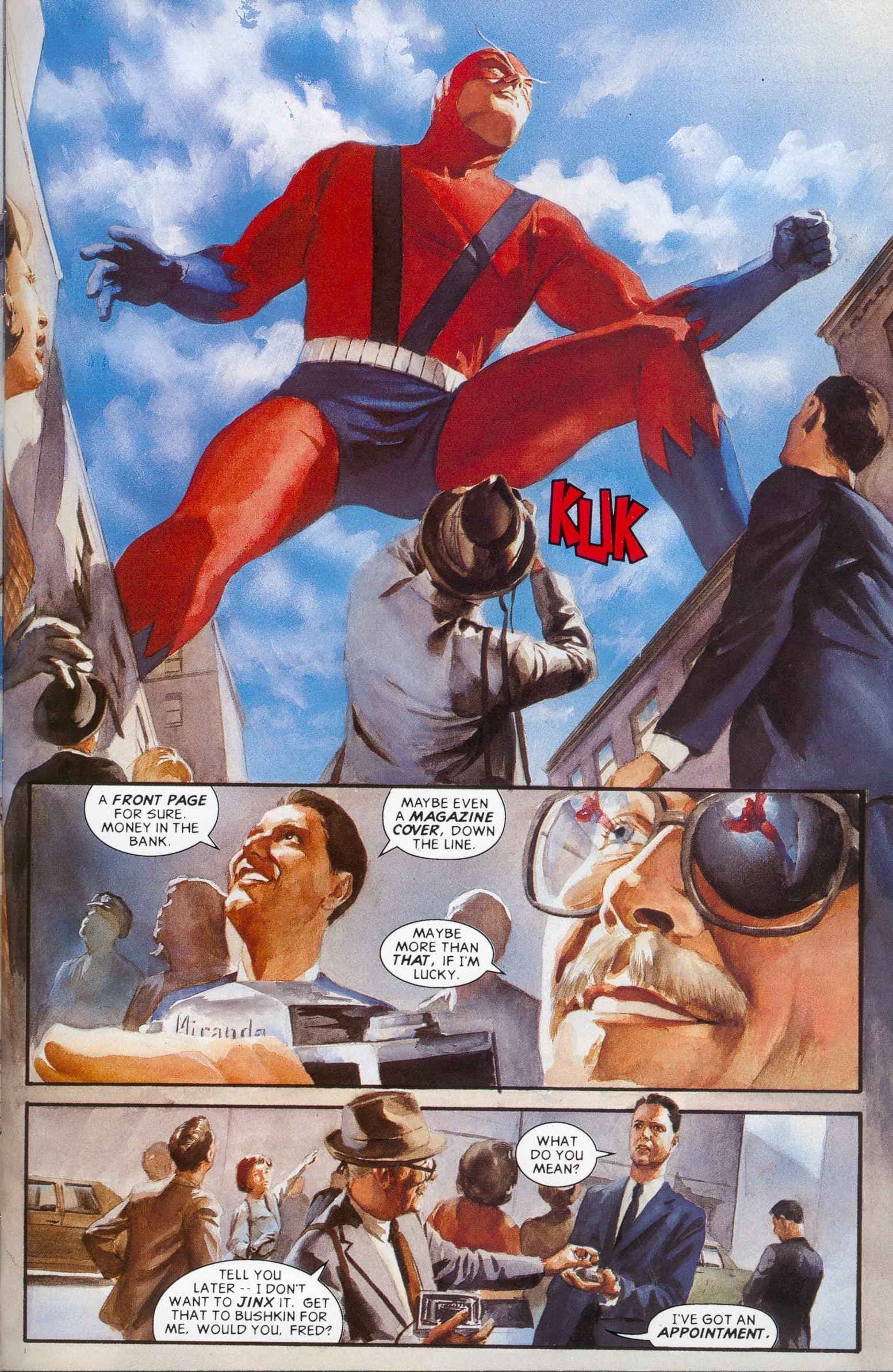Our every four years countdown of your all-time favorite comic book writers and artists continues!
Here are the next four artists that you voted as your favorites of all-time (out of roughly 1,008 ballots cast, with 10 points for first place votes, 9 points for second place votes, etc.).
10. John Buscema – 1021 points (31 first place votes)
John Buscema worked on a variety of different comics in the late 1940s and most of the 1950s, before leaving the field of comics to become a commercial artist during one of the economic downturns comics faces in the late 1950s. Marvel's turn of success during the 1960s with their superhero work lured Buscema back into comics. After Jack Kirby left Marvel in 1970, Buscema soon became more or less THE face of Marvel Comics, and since this was the era that Marvel took over the top spot in the comics business, Buscema was the face of that era. In addition, he was solidified as being THE face of Marvel when his art was used for the book "How to Draw Comics the Marvel Way," which remained in print for over twenty years. Stan Lee chose Buscema to launch Lee's classic Silver Surfer run...
Buscema was an amazing storyteller, who had a great penchant for action but could also easily get a lot of pathos out of dramatic non-action scenes (like the famous full-page splash of the Vision crying when he is accepted to the Avengers). However, while he drew a TON of superheroes in his life, Buscema really wasn't much of a fan of the genre. No, he liked sword and sorcery comics (plus Tarzan - he was one of the generation of artists who adored Hal Foster, whose most famous works were Tarzan and Prince Valiant). What he would love to draw is a bunch of guys with swords and beautiful women with, well, also swords. Luckily, Conan the Barbarian eventually got popular enough that it made sense to put one of Marvel's most popular artists on the title, and Buscema stayed with the book as long as he could...
If this was all that Buscema drew during his career, I bet he would have been thrilled.
9. Frank Quitely – 1037 points (7 first place votes)
After getting his start in independent papers in the United Kingdom in the late 1980s, Vincent Deighan (AKA Frank Quietly) began to get more high profile work in England.
He also began to get assignments from DC Comics (particularly their Big Book line). His first major assignment for DC was on the Vertigo mini-series, Flex Mentallo, with writer Grant Morrison.
That series showed us what we were going to see for the rest of Quitely's career - one of the most imaginative comic book artists ever, but also one who mixed that imagination with detailed craftsmanship and a dynamic edge that is hard to beat.
Other assignments followed, including a Batman prestige one-shot with writer Alan Grant. Quitely also drew an acclaimed JLA graphic novel with Grant Morrison introducing the new versions of the Crime Syndicate of America into the DC Universe.
Quitely's next major assignment was as the regular artist on the Authority, with Mark Millar, as the successors to Warren Ellis and Bryan Hitch on the popular title. Quitely's run was aborted, though, when Morrison got him the gig drawing New X-Men for Marvel.
Since New X-Men, Quitely has almost exclusively worked with Morrison on a number of popular and critically-acclaimed comics, including We3, about a trio of animals turned into killing machines and then turned loose by their trainer before they were set to be liquidated...
and All Star Superman...
and the initial arc of Morrison's Batman and Robin series.
Most recently, Quitely drew an issue of Grant Morrison's Multiversity crossover and also a creator-owned series with Mark Millar for Image, Jupiter's Legacy.
Page 2: [valnet-url-page page=2 paginated=0 text='See #8-7!']
8. Bill Sienkiewicz – 1114 points (35 first place votes)
When it comes to artist evolution, few artists can quite touch Bill Sienkiewcz's journey.
Sienkiewicz worked on Fantastic Four with writer Doug Moench and then he moved over to Moon Knight with Moench. While there, he began to experiment with having an expressionist style for his comic work, which was extremely rare for the time.
His unique work soon made him so popular that they moved him over to the first X-Men spinoff title, New Mutants, where he continued to try out new things...
until he moved on from traditional penciling entirely, beginning to work in multiple media for his work on the classic mini-series, Elektra: Assassin (with writer Frank Miller). Here, Elektra confronts a SHIELD agent that had been tailing her...
Epic.
Sienkiewicz then used that art style on his creator-owned series, Stray Toasters.
In the years since, Sienkiewicz has become an in-demand inker, as his inks can provide a whole new style for the pencilers he works with. He also delivers beautiful covers for a number of different series.
7. Alex Ross – 1513 points (36 first place votes)
After doing a little work for independent companies, Alex Ross became a more or less instant star with his work on the 1993 mini-series Marvels, with Kurt Busiek, and it is no surprise, as his work on the series is just astonishing in its power...
Ross managed to do something that very few painted artists are able to do - he was able to maintain fluidity in his characters. That lack of stiffness is what manages to transform photo-like depictions of heroes (which a goodly amount of painters can do) to practically living, breathing superheroes (which very few painters can do).
Ross followed up Marvel with Kingdom Come, which might have TOPPED Marvels with its depiction of DC in the future. This showed off Ross' brilliant sense of design, which carried over to Earth X, a similar comic for Marvel.
Ross did a number of over-sized one-shots for DC Comics spotlighting Superman, Batman, Captain Marvel and Wonder Woman.
On the series Justice, Ross came up with the idea of him painting another artist's pencils, which worked well. Ross has been mostly doing covers in the last few years, but even there, he has managed to have a significant impact as his covers are typically excellent.

